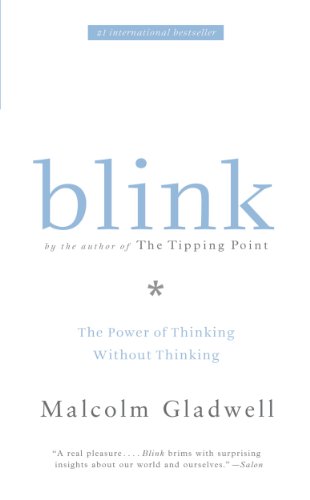

This article is an excerpt from the Shortform summary of "Blink" by Malcolm Gladwell. Shortform has the world's best summaries of books you should be reading.
Like this article? Sign up for a free trial here .
What is a narrative fallacy? Why do we have such a strong urge to rationalize our decisions and behavior through narrative?
A narrative fallacy is the tendency to explain random or irrational decisions, events, and behavior with coherent stories. The narrative fallacy is a form of rationalizing: We tend to feel that there’s a rational reason for everything we do. When we don’t know why we’ve made a certain decision, we make up a coherent narrative about how we arrived at it.
Learn about the narrative fallacy, why it occurs, and how to counteract it.
Narrative Fallacy
Humans feel uncomfortable with irrationality. When we don’t know why we’ve made a certain decision or behaved a certain way, we make a rational narrative about it—that’s the narrative fallacy.
Once you’ve created a story to explain an unconscious decision, that story is hard to shake, and we believe the stories we tell ourselves and others.
Sometimes our stories are just inaccurate. Other times, they actually harm our ability to make smart decisions.
Antidotes to the “Narrative Fallacy”
Gladwell’s suggestion that you avoid explaining your decisions is easier said than done, and Blink doesn’t offer further advice. However, Daniel Kahneman (Thinking, Fast and Slow) does offer some strategies for countering the narrative fallacy:
1. Discover the flimsiness of your explanation by applying it to other outcomes.
In some situations, an identical explanation can be applied to both possible outcomes. For example:
– During a day of stock market trading, an event might happen, like the Federal Reserve System lowering interest rates. If the stock market goes up, people say that the lower interest rates have emboldened investors. If the stock market goes down, people say that investors were expecting the interest rate change, or perhaps that the market had already priced it in. The fact that the same explanation (changing interest rates) can be given, regardless of whether the market moves up or down, means that it’s likely a bad explanation with no predictive power.
2. Be wary of highly consistent patterns in your own narratives and those of others.
– For example, management literature profiles the rise and fall of companies, attributing company growth to key decisions and leadership styles, even the childhood traits of founders. These stories ignore all the other things that didn’t happen that could have caused the company to fail (and that did happen to the many failed companies that aren’t profiled—survivorship bias). Ignoring this, the stories are presented as inevitabilities.
Look out for highly consistent patterns that emergefrom comparing more successful and less successful examples. You don’t know lots of things—whether the samples were cherry-picked, whether the failed results were excluded from the dataset, and other experimental tricks.
Be wary of people who declare very high confidence around their explanation. This indicates only that they’ve constructed a coherent story, not necessarily that the story is true.
———End of Preview———

Like what you just read? Read the rest of the world's best summary of "Blink" at Shortform . Learn the book's critical concepts in 20 minutes or less .
Here's what you'll find in our full Blink summary :
- How you can tell if a marriage will fail, within 3 minutes
- Why your first impressions are usually surprisingly accurate
- The dark side to making first impressions, and how to avoid the,






